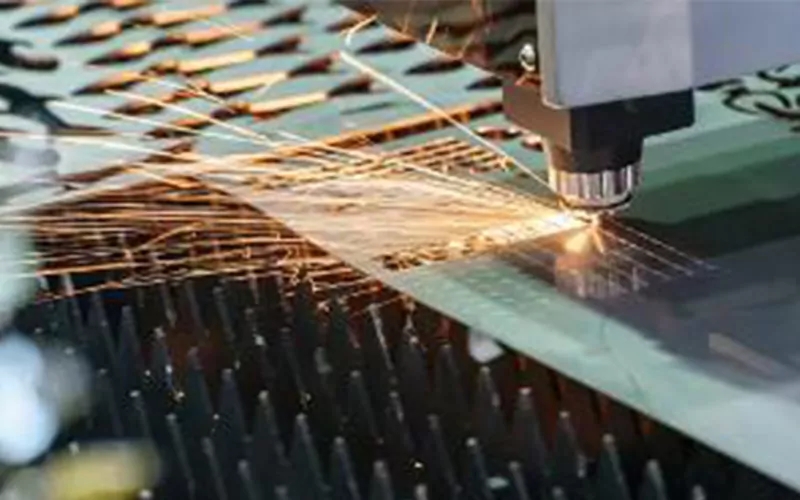From Concept to Creation: The Journey of a Custom Cut Sheet Metal Project
Custom cut sheet metal projects are a fascinating blend of creativity, precision, and engineering. From the initial concept to the final creation, the journey of a custom cut sheet metal project is a complex and intricate process that requires careful planning, skilled craftsmanship, and innovative problem-solving. In this article, we will delve into the various stages of this journey, exploring the challenges, techniques, and innovations involved in bringing a custom cut sheet metal project to life.
Conceptualization and Design
The first stage in the journey of a custom cut sheet metal project is the conceptualization and design phase. This is where the initial idea takes shape, and the parameters of the project are defined. Whether it's a custom metal sign, a decorative panel, or a functional component, the design process is crucial in determining the feasibility and practicality of the project. Designers and engineers work closely to create detailed plans, considering factors such as material selection, dimensions, and manufacturing techniques. Utilizing advanced CAD software, they can visualize the project in 3D, allowing for precise measurements and intricate detailing.
Fabrication and Cutting
Once the design is finalized, the project moves into the fabrication and cutting stage. This is where the chosen sheet metal material is transformed into the desired shape and form. Advanced cutting techniques such as laser cutting, water jet cutting, or plasma cutting are employed to precisely cut the metal according to the design specifications. Skilled technicians operate state-of-the-art machinery to ensure accuracy and consistency in the cutting process. The use of CNC (Computer Numerical Control) technology allows for intricate and complex patterns to be cut with remarkable precision, bringing the design to life in the metal sheet.
Forming and Finishing
After the metal has been cut, it undergoes forming and finishing processes to achieve the desired shape and surface characteristics. Forming techniques such as bending, folding, and rolling are used to manipulate the metal into the required configuration. This stage demands a high level of skill and expertise to ensure that the metal retains its structural integrity while being shaped. Once the forming is complete, the metal is subjected to finishing processes such as sanding, polishing, and coating to enhance its appearance and durability. These finishing touches add a professional and refined look to the custom cut sheet metal project, elevating it from a raw material to a finished work of art.
Assembly and Installation
The final stage in the journey of a custom cut sheet metal project is the assembly and installation process. This involves bringing together the various components of the project and assembling them into the final product. Whether it's a metal sculpture, architectural feature, or industrial component, meticulous attention to detail is required to ensure that the assembly is seamless and secure. Once assembled, the custom cut sheet metal project is ready for installation, whether it's being mounted on a building facade, integrated into a larger structure, or displayed as a standalone piece. The installation phase requires careful planning and coordination to ensure that the project is positioned and secured correctly, ready to be admired and appreciated.
In conclusion, the journey of a custom cut sheet metal project is a captivating process that combines creativity, precision, and craftsmanship. From the conceptualization and design phase to the assembly and installation stage, each step in the journey requires skill, innovation, and attention to detail. The result is a custom cut sheet metal project that embodies the vision and creativity of its creators, showcasing the endless possibilities of this versatile and dynamic material.
